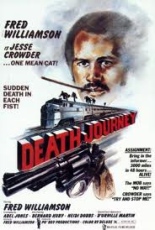
 The first of four low-budget vanity productions starring former pro football player Fred Williamson as alter ego Jesse Crowder, Death Journey was directed by Williamson as well. According to the credits, he also served as “producer and executive producer,” suggesting the Hammer’s ego was way out of control.
The first of four low-budget vanity productions starring former pro football player Fred Williamson as alter ego Jesse Crowder, Death Journey was directed by Williamson as well. According to the credits, he also served as “producer and executive producer,” suggesting the Hammer’s ego was way out of control.
Crowder is an ex-cop hired to escort a mob-snitch accountant (Bernard Kirby) from Los Angeles to New York in 48 hours. Killers await at every turn; Crowder punches them out. In one instance, he throws a punch that clearly doesn’t even make contact, but the would-be recipient falls down anyway. The witness is a fat, perspiring slob who unwraps and eats four candy bars at once. Yes, this is a case of “laugh at the fat honky.” You just might.
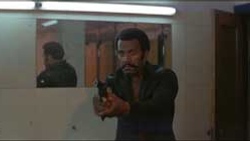 Williamson spends the entire movie with his shirt unbuttoned (when he’s wearing one at all, that is), presumably for easy-on/easy-off access, as no fewer than four women throw themselves at Crowder for casual sex. One of them attempts a post-coital hit on Crowder’s tubby charge, and begs for her life when Crowder thwarts her plans.
Williamson spends the entire movie with his shirt unbuttoned (when he’s wearing one at all, that is), presumably for easy-on/easy-off access, as no fewer than four women throw themselves at Crowder for casual sex. One of them attempts a post-coital hit on Crowder’s tubby charge, and begs for her life when Crowder thwarts her plans.
“I’m not gonna kill you, lady. You’re too good in the sack for that. I’m just gonna bruise you up a little,” he says. So he throws her off a moving train with a toodeloo line of, “Happy landing, bitch!”
Williamson shows even less talent behind the camera as he does in front of it. Scenes go on and on (sometimes in excruciating slow-motion), as if he were determined to use every frame of film shot. And there are so many needless scenes of people driving cars, you’ll wonder, “Hey, where are Jim Nabors and Dom DeLuise?” —Rod Lott
Buy it at Amazon.

 Is it too much for a man to ask to get him some Xmas lovin’? This here Happy Holiday Hearth is like having a fireplace on your TV, know what I’m sayin’? That’s the whole plot: There’s a fire and it burns.
Is it too much for a man to ask to get him some Xmas lovin’? This here Happy Holiday Hearth is like having a fireplace on your TV, know what I’m sayin’? That’s the whole plot: There’s a fire and it burns. 
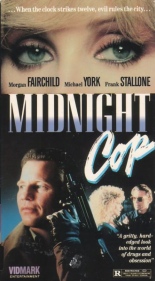
 You know that segment of the German population that refuses to acknowledge the existence of the Holocaust? Perhaps they should focus such futile energies on the Krauts’ kraptastic
You know that segment of the German population that refuses to acknowledge the existence of the Holocaust? Perhaps they should focus such futile energies on the Krauts’ kraptastic 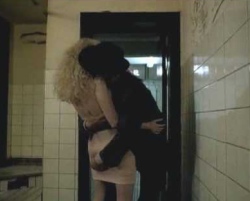

 Rumor has it that a recent rash of suicides among young people in Japan is due to a bully taking revenge for past transgressions. Why else would the victims have a large “X” branded so crudely onto their faces?
Rumor has it that a recent rash of suicides among young people in Japan is due to a bully taking revenge for past transgressions. Why else would the victims have a large “X” branded so crudely onto their faces? 
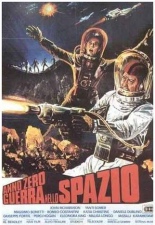
 In the late 1970s, sci-fi flicks popped up like mad, because producers wrongly assumed any space-themed film would be the next
In the late 1970s, sci-fi flicks popped up like mad, because producers wrongly assumed any space-themed film would be the next 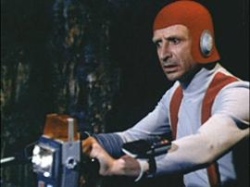

 The first of four low-budget vanity productions starring former pro football player Fred Williamson as alter ego Jesse Crowder,
The first of four low-budget vanity productions starring former pro football player Fred Williamson as alter ego Jesse Crowder, 